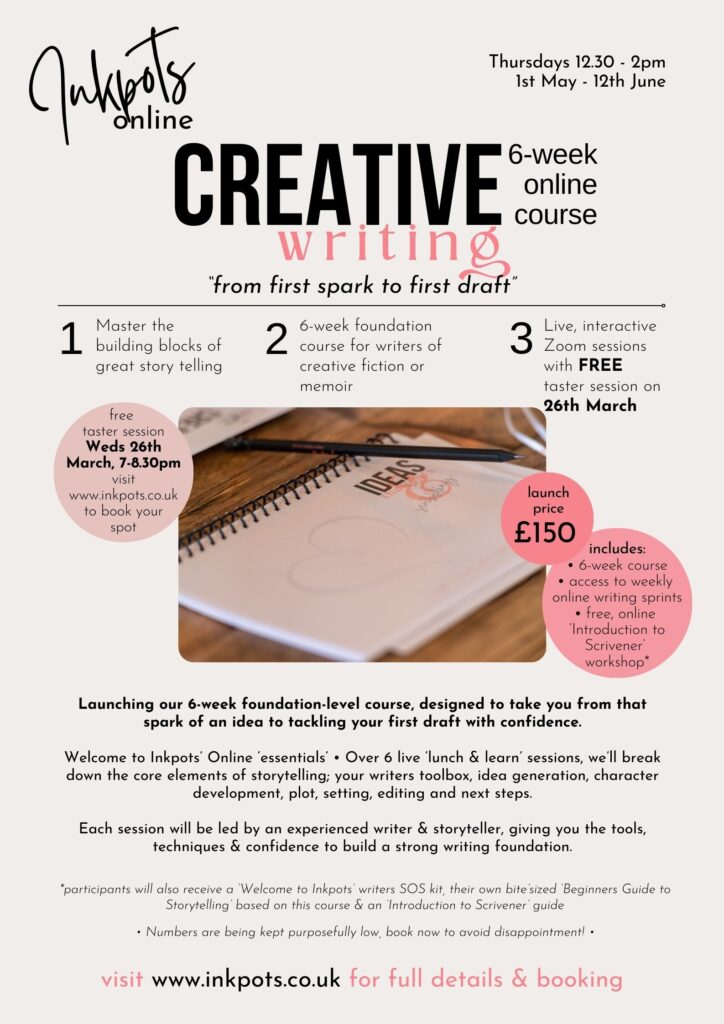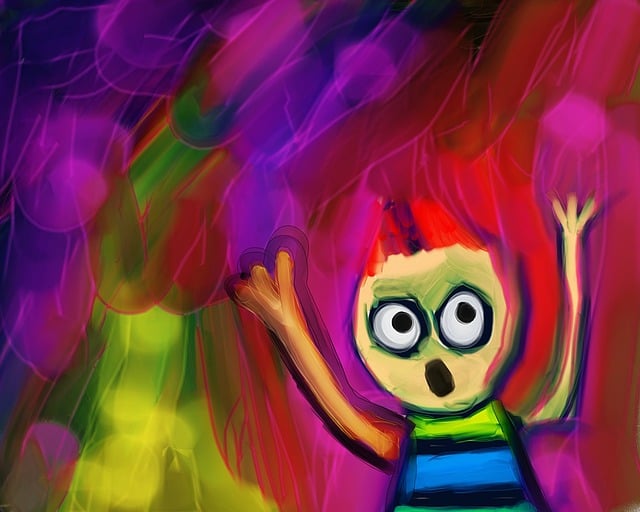Mini book reviews with insights for writers

My debut novel is coming out in three months. It’s exciting and nerve- wracking. The fairly constant self promotion is out of character for me and feels somewhat overwhelming at times. So, I’ve decided to start doing something for others as a bit of a balance. I’ve been meaning to do this for a long time – reviewing books with some insights into what writers can learn from them.

THE LUIS ORTEGA SURVIVAL CLUB by Sonora Reyes
This is a stunning YA with a self-diagnosed neurodivergent protagonist, Ari, who is bold and brave with her clothes, but not so much her voice. She rarely speaks and Luis Ortega takes advantage of this at a party when they have sex. Rumours circulate, throwing Ari into turmoil. A mystery note left in her locker leads to her discovering a group of fellow students who have been harmed by Ortega, and they unite to take him down.
This book is a contemporary and diverse take on Laurie Halse Anderson’s SPEAK, which was published 25 years ago. It’s heart breaking and horrifying that we still have books being written about consent and rape culture, but it feels like we need them more than ever.
For writers of YA and teen fiction, note how Reyes creates a wonderfully inclusive cast of authentically teenage characters -they are trying to find themselves, their identities, their sexuality, their place in the world. They make mistakes, they mess up, they dance, they kiss. They really do feel like they are experiencing things for the first time. The adult characters are equally well drawn. Ari’s parents have have their own issues. I think it’s important in novels for young people to show that adults also make mistakes and get things wrong.
#Family #Friendship #Consent #LGBTQIA+ #FirstLove #YA

GLASGOW BOYS
by Margaret McDonald
Another YA, with crossover appeal. I cried my way through this beautifully written, empathetic, and poignant novel about two boys who have grown up in the care system.
Banjo is trying not to get kicked out of his latest foster home, trying to finish school, trying to keep a lid on his temper. Finlay has just started uni but without any support network he’s struggling to earn enough to live, and studying is the last thing he can think about.
Throughout the story MacDonald sprinkles hints of something pivotal that happened between the boys in the past which keeps the reader turning the page.
For writers, there’s so much to learn from this truly original novel, but the main thing for me as I read was the narrative voice(s). The novel is written in third person present tense which I think is quite unusual. It works really well. In Banjo’s chapter, his anger spikes from the page, he’s a storm of a character. When he has direct speech, it’s in dialect. Finlay comes across as more mature, considered, self-aware, but still troubled. There’s also an occasional omniscient narrative voice dropping in a sentence here and there. It took me by surprise – one of those writing-rule-breaking things that, in MacDonald’s capable hands, just works.
#FoundFamily #FirstLove #YA #CareExeriencedChildren #LGBTQIA+














